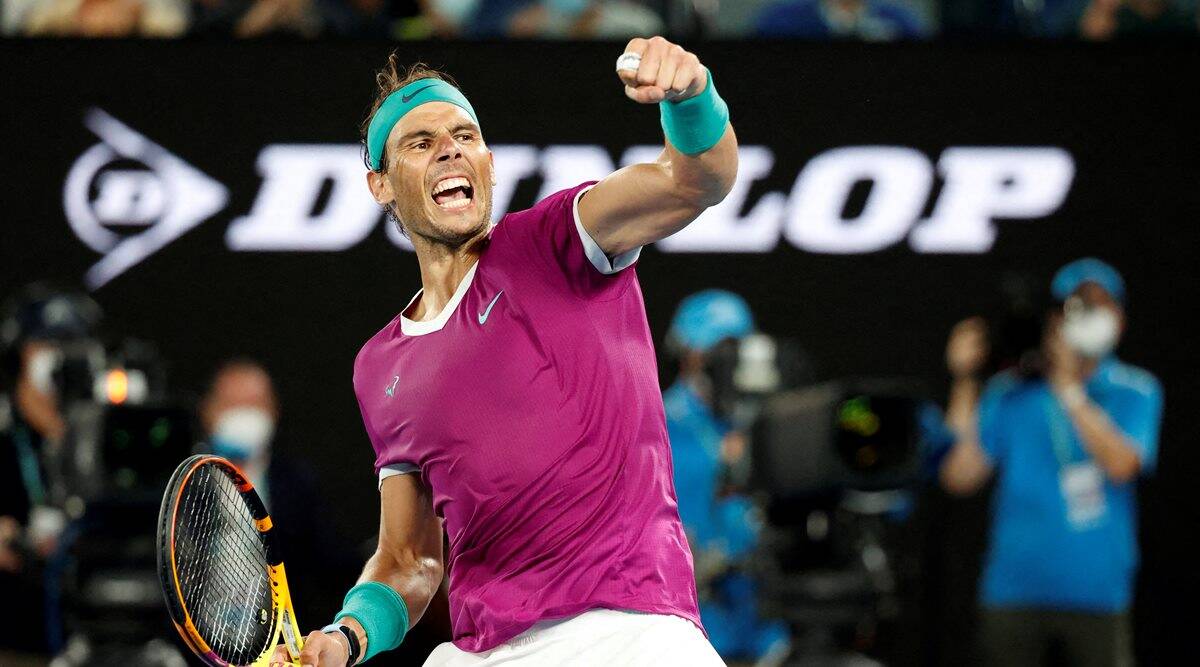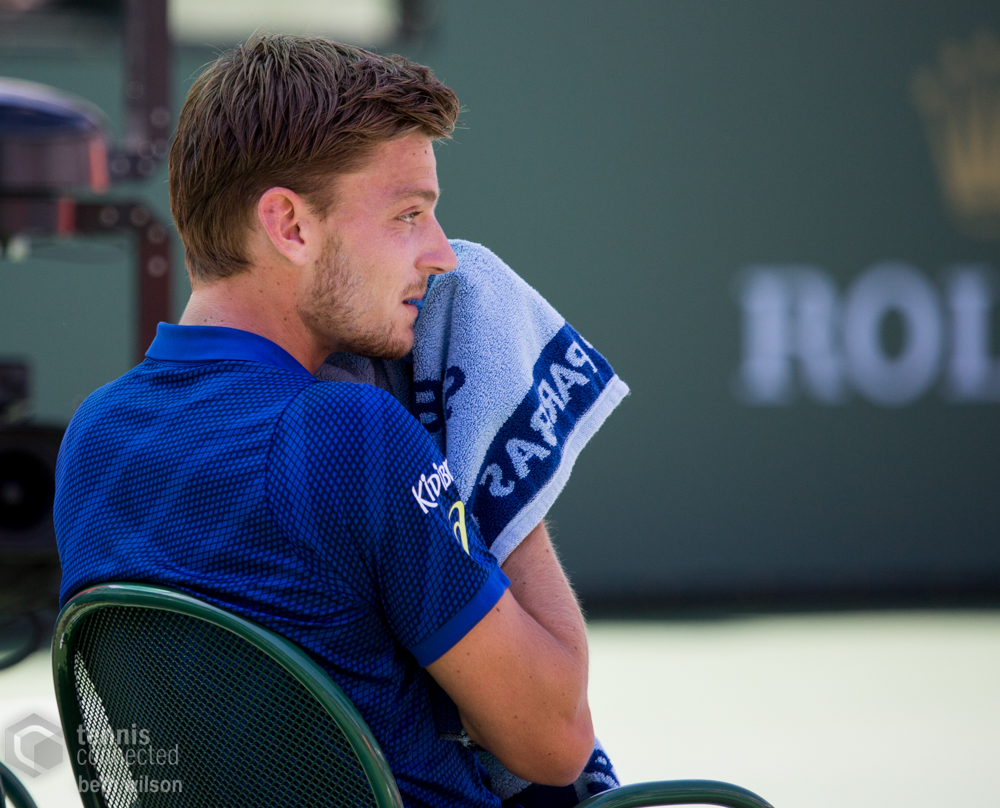How did Rafael Nadal, who lost more total points and other major stat categories, pull off an upset of Daniil Medvedev to win the 2022 Australian Open? Nadal did it by doing something almost nobody noticed– by not trying as hard as he usually does.
Rafa lost almost every major area of the match, including total points won (182-189) and unforced errors (68-52).
How does a guy put far fewer first serves in play, not serve as fast, make more errors, not hit as many winners, lose more return points, and still win the match? Two words: Energy conservation.
Nadal, who is world-famous for his fight-for-every-point mentality, did not fight for every point. That enabled the 35-year-old to beat a man 10 years younger. It was Medvedev, not Nadal, who called for the trainer in the last half of the match to rub his aching legs. Late in the match, Nadal still had a spring in his step and legs for days.
It’s a dangerous game and a slippery slope for a player to turn his energy dials up and down, but with a best-in-history 21 Grand Slams, Nadal knows what he’s doing.
Here’s the picture of what happened.
The 2022 Australian Open Men’s Final really became three matches within the whole enchilada. The “first match,” a best-of-3, was won by Medvedev with dominant serving in the first set and slightly more consistency off the ground in the second. The next “match” was won in straight sets by Nadal, who put slightly more first serves in play than he had earlier, and shored up his attacking forehand.
The final match– the one which crowned Nadal champion– was contested in the hair-raising, twisty-turning 5th set.
How did Nadal do it? First, let’s back the truck up.
Both players struggled in this match with landing their first serves. It was an atypical, uneven performance for Nadal and Medvedev, who usually land in the “sweet spot” of the ATP’s first serve percentage in– around 65%. For the match, Nadal landed just 62% of his first serves, and in set two, Medvedev dipped to 55%. When Meddy was feeling it, as in set one, he was hitting aces and crushing first-ball winners, but when his first serve was off, it was uncharacteristically awry.
This is a big reason the match had so many break points– a stunning total of 22 break points played– very unusual for a men’s match. That stat tells you the meat of the match was contested on second serve points. It also explains why the loser of the match, Medvedev, won the crucial rally categories of 0-4 shots, as well as 5-8 shots, but Nadal was tops in points played with 9 shots or more.
Rafa must have intuitively known when to expend energy and when not to. For that reason, he did not fight hard on some of Medvedev’s first serve points, including a markedly easy love-service hold at 4-2 in that pivotal 5th set. Watching with the naked eye, you’d have said, “Rafa gave him that game.” How many times have we said that in the Spaniard’s amazing career?
There were drop shots Nadal did not run down. There were Medvedev open-court winners Rafa didn’t move toward. There were returns he didn’t strain to make. In fact, Medvedev out-aced one of the greatest returners in history 23-3.
All this is not Rafa-like. Or is it?
The fact is, Nadal has become fiercely protective of his energy levels. He’s become smarter about tennis than all of us, and that’s pretty scary for a guy who already had a Mensa-level court IQ.
Perhaps the biggest energy efficiency of all was the training block, or lack thereof, heading into the 2022 Australian Open. Nadal took the majority of 2021 off due to injury and rest. By contrast, Medvedev slogged through one of the most intensive seasons of any player on tour. Starting in the fall, the Russian played Laver Cup, Indian Wells, Paris Masters, ATP Finals, Davis Cup and ATP Cup. He never really had an offseason. The toll on his lean body was evident late in the Australian Open Championship match against Rafa.
Nadal managed his energy to perfection, taking breaks on points and mustering fresh bursts when needed, enabling the Spanish GOAT to pull off an upset in a way few predicted he would– by outlasting the younger guy.

















